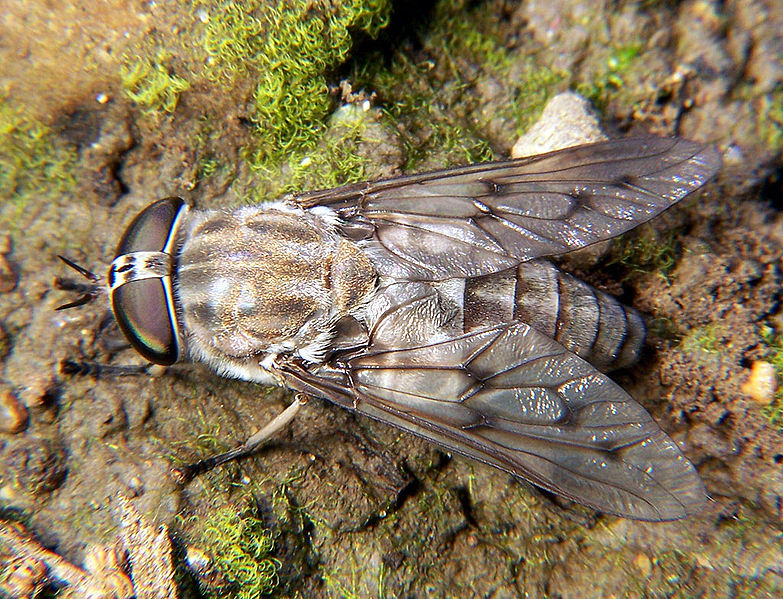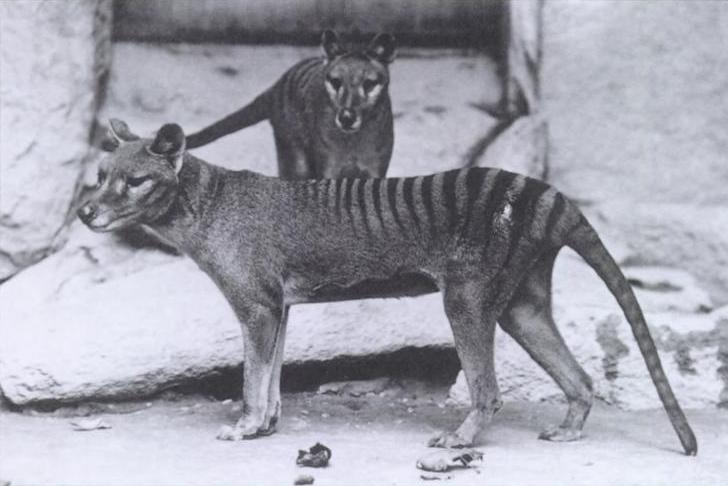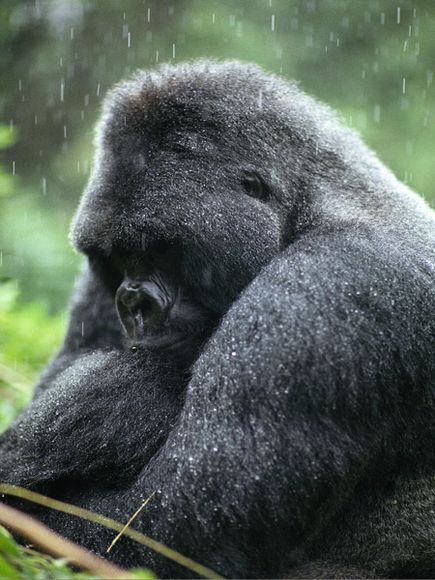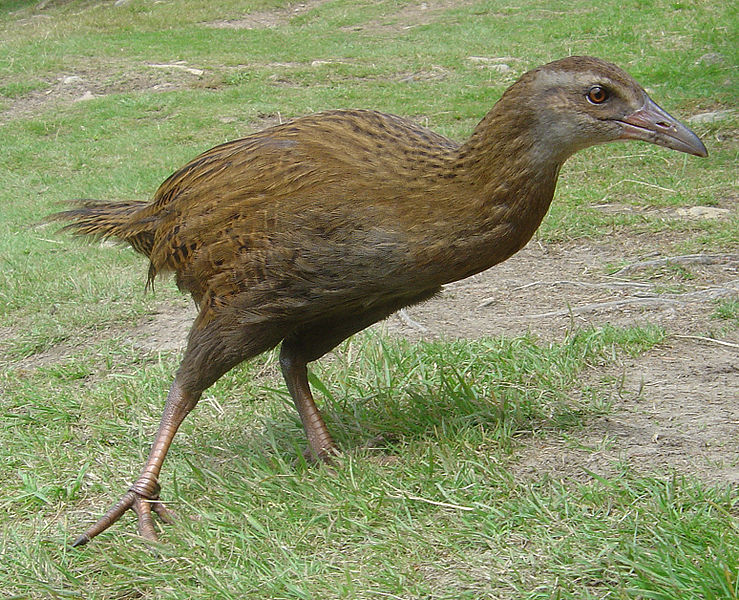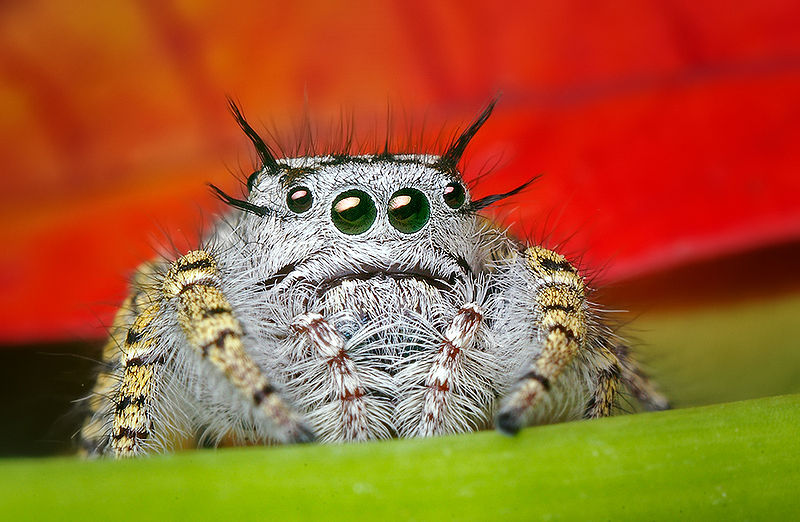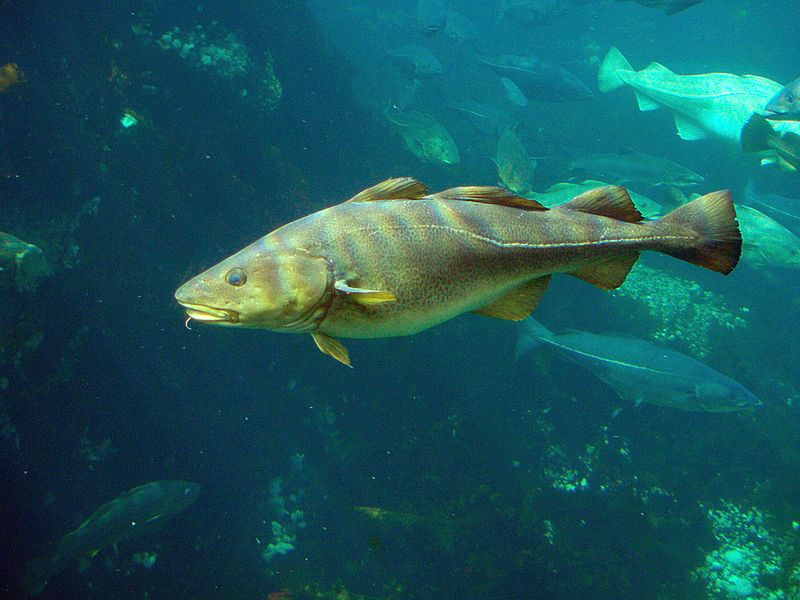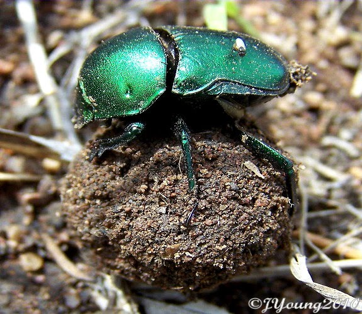
Cool Facts About the Dung Beetle
- A hard worker and an important member of the ecosystem, the Dung Beetle comes in various sizes, ranging from 5 mm to 30 mm (0.2 to 1.2 inches) long; however, the largest Dung Beetle recorded was an astonishing 5 cm (2 inches) long.
- Believe it or not, Dung Beetles are flying insects with transparent or white-coloured wings, which are only visible during flight.
- The Dung Beetle possesses six specialized legs used for shovelling dung, digging tunnels, and walking.
- Dung Beetles can be characterized into three types – rollers (the most popular and interesting in my opinion), tunnelers and dwellers – depending on their relationship with animal dung.
Important for the Ecosystem
There are over 37,000 species of Dung Beetles with more being discovered every year. Because of their proliferation, Dung Beetles can be found almost anywhere. In fact, every continent except Antarctica contains a Dung Beetle population. As a result, this Beetle lives in a variety of habitats, including deserts, grasslands, forests, farmlands, and any place the temperatures are not too cold. It is a great thing that these beetles are doing so well as they play a very important part in our ecosystem.
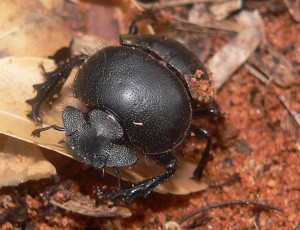
Dung Beetles feed on the dung of both herbivores and omnivores, and some Beetles may also feed on mushrooms and decaying leaves or fruit. Additionally, Dung Beetle larvae consume undigested plant matter found within the dung; however, adults do not eat solid food. Instead, the adults prefer to squeeze and suck the juices from the manure, which contain vital nutrients–so much so that the Dung Beetle does not need to eat or drink anything else. While the prospect of eating dung sounds less than appetizing, it is important to note that Dung Beetles provide a valuable service by removing waste from the Earth’s landscape.
Just Rolling Along
I mentioned that I thought the “roller” Dung Beetles were the most interesting and here’s why. They have the most fascinating life cycle because males and females unite to roll a dung “brooding” ball. Specifically, the male rolls the ball while the females walk behind although on some occasions, females may help with the rolling. Once the pair arrives at a portion of the soil that is soft, they dig a burrow up to 1.5 m (4.9 feet) deep. They then bury the dung ball and descend underground to mate. Females lay their eggs into the dung “brooding” ball, and the larvae will grow strong while feeding on the undigested plants parts of the brooding ball. Depending on the species of Dung Beetle, the parents may choose to stay and protect their offspring or they may leave and let nature take its course. Sure it sounds really gross but you have to admit, it is pretty cool.

